Thu, 12 Mar 2015 . Last updated Thu, 25 Jun 2015 09:01
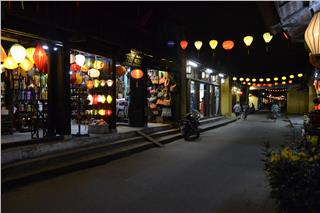
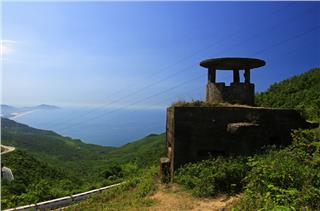
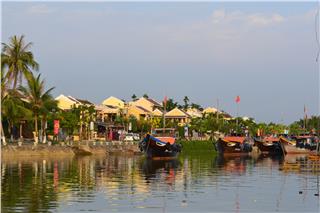
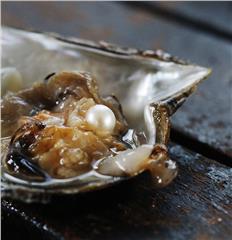
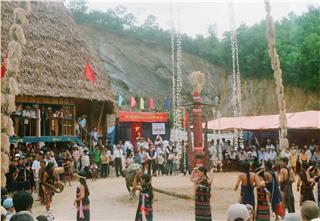
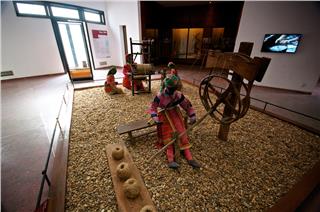
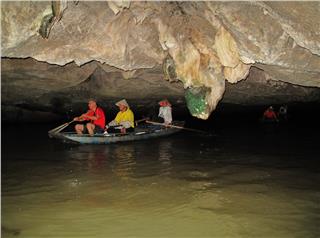
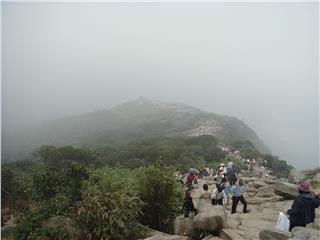
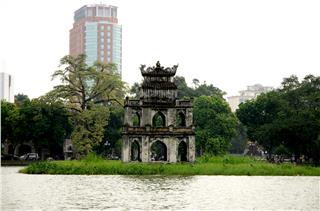
Stepping into My Son Tower – Temple complex, we seem to turn back time to visit the kingdom of Champa in the Middle Age. And My Son comes into sight. It’s a complex of solemn towers and temples with imprints of the glory reign of Cham kings. The red color of bricks has faded over the time but trees remain green all year round. Until now, the techniques of burning bricks and building temples in My Son have remained unanswered for thousands of years.
Quang Nam – the land in the South of the Central Coast – is the venue of the Northern, Southern and foreign cultures. Through historical changes, tangible and intangible cultural heritages that symbolize the intellect and soul of Vietnamese people are skill kept in Quang Nam. My Son Tower – Temple complex in Duy Xuyen district contributes to making up these values. It was recognized as a cultural heritage of the world by UNESCO in 1999 thanks to its natural, cultural and architectural values.
My Son Tower – Temple complex is located in a valley surrounded by high mountains. Built from the 4th century to the 13th century by Cham kings, temples and towers in this complex were formal structures of Champa. Champa existed from 192 to 1832 and the Cham people have become one of the 54 ethnic groups of Vietnam. They live along the Central Coast of Vietnam, from Ngang mountain pass to Ca mountain pass – Dai Lanh. The Cham people have built a rich culture under the influence of Indian religion for thousands of years and made it flourish.
My Son Tower – Temple complex can be said to be the pinnacle of Cham culture. This is the place where religious rituals of Cham dynasties took place and royal tombs were constructed. So, it carries the quintessence of contemporary architecture and arts. The complex is regarded as one of the temple centers of Hinduism in Southeast Asia and the only heritage of this kind in Vietnam. Due to ups and downs in the history, only about 20 temples remain in the complex today. However, stelae, archeological findings and the remains of the complex can make us amazed at the excellent architecture, sculpture and decoration of Cham people in the past.
Built and developed during nearly 10 centuries, temples and towers in the complex reveal the diversity in architecture of Cham dynasties. Most temples and towers face the East – the direction in which the sun rises and deities live. This expresses Cham Kings’ respect to their ancestors and their look at the other world. In general, all Cham towers were built on quadrilateral foundations. A tower consists of three parts: a base representing the earth, a body symbolizing the mysterious world of deities with images of people offering flowers and fruits or trees and animals, and the top displaying the peak of Meru Mountain – the house of Hindu deities and the center of the universe in Cham people’s opinion.
The interior of Cham temples and towers is quite simple. However, the higher the walls get, the thicker they become. The width of thinnest part is 60 cm and that of the thickest one is nearly 3m. Cham architects built their temple whose roof is 3-5 times bigger than the foundation in a certain way that makes it stay until today. The complex consists of many clusters of temples and towers. Each cluster has a major temple called Kalan surrounded by small ones. Main structures of a cluster were built a line in East-West direction because as believed by Cham people, life was a process starting when the sun rises in the East and when it ended, they would come to the deities in these temples.
The first structure is inner peace house. In the past, people came here first to find the peace of mind and pray before any ritual. The main temple represents Meru Mountain and it’s the place where people worship Shiva. There are no windows in Cham people’s temples. Only additional towers have windows. It’s quite narrow and dark inside. Only shamans could enter the temple to carry out religious rituals. In Hinduism, only shamans could communicate with deities. Other people regardless of power and wealth had to pray in the yard.
Towers and temples in My Son were built from bricks. No outer frame or mortar can be found here. These bricks were sharpened and joined together to create firm walls. Anyone may think that mossy bricks are old and red bricks are newly-inserted one. But in fact, color of original bricks remains unchanged over the time. So, the method that Cham people used to make bricks stuck together or burnt bricks stayed unanswered until today and they’re called masters of brick burning technique and construction.
There’s a stone temple in My Son. It’s also the only stone temple in monuments of Cham people. Based on the documents collected around the temple and the stele with Sanskrit letters on, researchers found out that the temple was last restored in 1234. The temple is collapsed now. With this foundation, it might be over 30m high. This is the highest temple in My Son Tower – Temple complex. Images of lotus petal founded on walls or the base of stone pillars and the row of elaboratedly-carved square pillars are evidence for the skillful sculptural and architectural techniques of Cham people in the past.
Many temples and towers have nice architecture. Most of them have fallen into oblivion but some pieces remain, like images of deities, dancers or holy animals. All of them carry the imprints of Cham culture and fine arts during a thousand years. Linga and Yoni are symbols of the cult of fertility in Cham culture. Specifically, Linga represents Shiva, one of the three supreme deities in Hinduism, male characteristics and the power of creative energy. Yoni symbolizes Uma – Shiva’s wife and female characteristics. Linga can be considered the combination of a king and a deity. This reflects the harmony and completion of the universe in Cham people’s mind.
The symbols of Linga and Yoni express a spiritual world of Cham people in the past because they belong to the deity’s world and show farmers’ wish for harmony between the yin and the yang, creativity and the power of their dynasties. As the religious center of the ancient kingdom of Champa, My Son had an important role in Cham people’s life and acted as their spiritual support. Each brick or temple carries its town historical and cultural values. Although Cham people no longer built temples here from the 13th century on, the sacred land still brings descendants of Cham people special emotions. Although temples and towers have been damaged over the time, My Son has become a must-see for tourists to the Central Region.
Medium sized and small structures here contain the quintessence of artists. The excellent combination of sculptural and architectural skills of Cham people created scared and mysterious towers and temples. Perhaps this combination makes My Son attractive to tourists. How could bricks joined together without the help of any mortar? Why have towers with thick tops existed over the time? People are still in search of answers for the mysteries of a civilization to reveal historical, cultural and architectural values of a unique heritage.
Source: VTC10 - NETVIET

 Đặt vé máy bay cho người Việt?
Bấm vào đây
Đặt vé máy bay cho người Việt?
Bấm vào đây
Our service uses cookies for technical, analytical and marketing purposes. See our Cookie và Privacy policies for more information. If you agree to this, just keep browsing.


